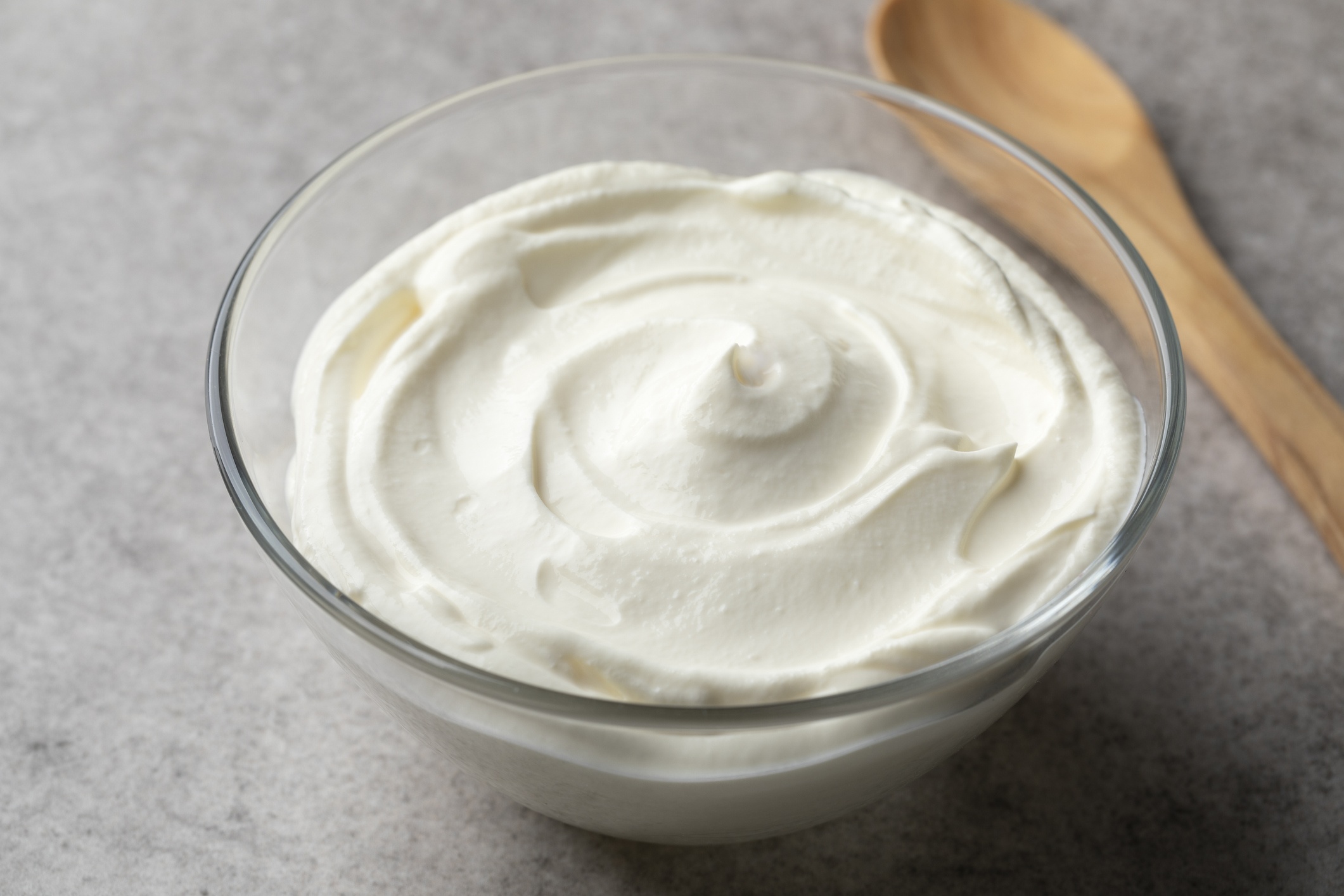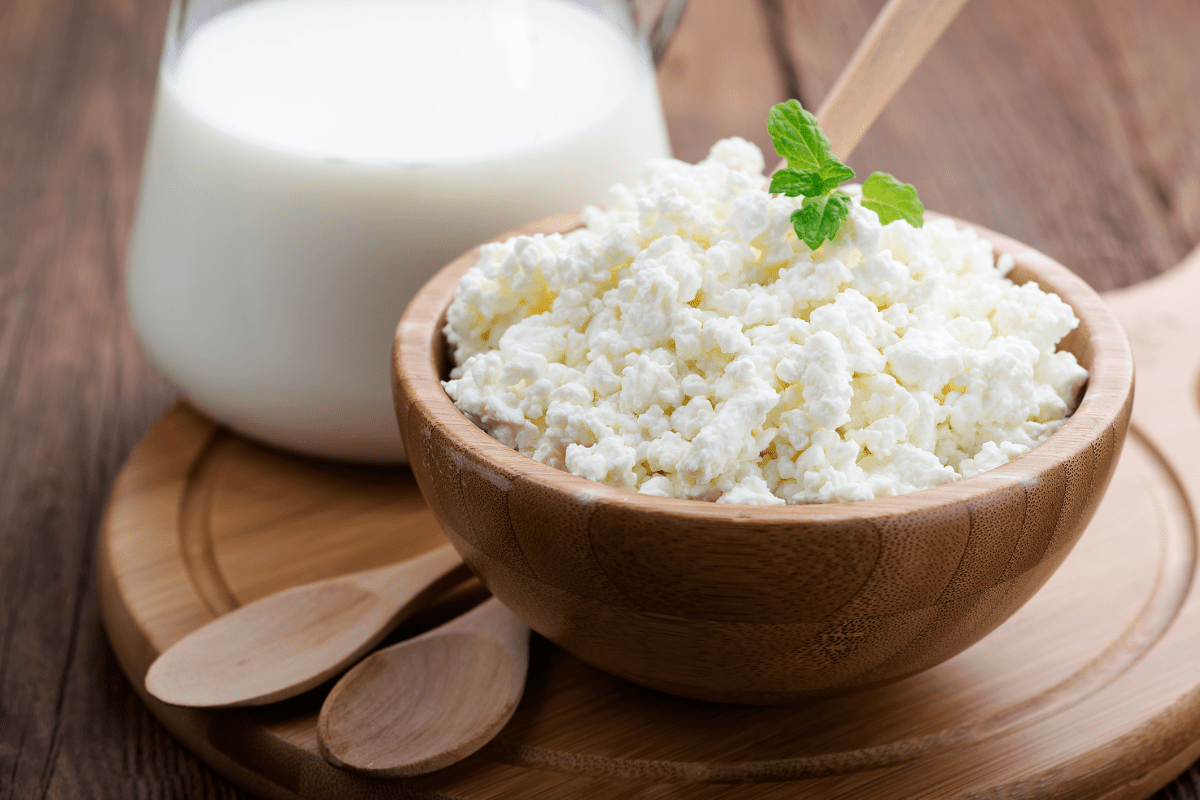Starting solid foods with your child is both an exciting and anxiety-inducing milestone. One food that can ease many parents’ frustrations and fears is dairy. Why? It’s full of nutrition, kids love the taste, and the smooth consistency is easy to work and versatile. For the first time, The current Dietary Guidelines for Americans (DGA) now include dairy suggestions for children 0-2 years of age, something that will be helpful for all the parents out there feeding their kids, especially toddler feeding.
Let’s explore some different ways to use the DGA dairy recommendations to introduce dairy during different stages of your baby’s eating journey.
Using Dairy to Explore Solid Foods
6 Months to 1 Year Old
Look for signs that your baby is developmentally ready to start eating solid foods such as, sitting independently with head control and bringing hands to the mouth. For children 6 months to 2 years, dairy foods should be whole fat. Whole milk plain yogurt and cottage cheese are the perfect consistency to start exploring foods.
Here are some simple combinations to try out during meal and snack time (1-2 ounces of each, slowly increase as appropriate):
- Cottage cheese with mashed raspberries, avocado, or beans (usually canned and rinsed). Whole fat cottage cheese is recommended. Getting enough fat in your baby’s diet is essential for growth and development, particularly to help the brain and nervous system develop normally.
- Yogurt with applesauce, mashed bananas, pureed pears, or canned pumpkin. An excellent source of protein, and calcium, yogurt is full of nutrition and essential nutrients your baby needs.
- Yogurt pops: Freeze yogurt and fruit/vegetable purees in cubes for mesh teethers. You can also use straws to make popsicles, which can also be helpful during teething.
- Thin matchstick size pieces of cheese (great for hand motor skills). On top of helping practice fine motor skills, cheese contains many nutrients like calcium, protein, phosphorus, zinc, vitamin A and vitamin B12.
Using Dairy to Create Nutritious Habits
1 to 2 Years Old
As your baby grows into a toddler, their taste, appetite and eating skills grow too! At age 1, the DGA encourages the introduction to whole fat cow’s milk. Dairy (approximately 2 cups/day) will help meet calcium, potassium, vitamin D and protein requirements. Some kids don’t like cow’s milk at first because it’s different from the breast milk or formula they’re used to. If that’s the case, try mixing whole milk with formula or breast milk and gradually adjust the mixture so that it eventually becomes 100% cow’s milk.
If your toddler isn’t an eager milk drinker just yet, you can add and pair dairy with dishes or other food groups. Here are some never fail dairy tips to try out:
- Grilled cheese, pizza, mac n’ cheese, and cheesy meatballs are some simple main dishes that can be paired with sliced vegetables.
- Replace recipes calling for water with equal parts whole milk or add yogurt or cheese for a nutritional boost (ex: soups, pancakes, muffins, hot chocolate).
- Some great snack combinations are, cheese slices with whole grain crackers, yogurt with sliced fruit, which can even be blended to make a smoothie, and yogurt ranch-style dip with bell pepper and tomato slices.
- 4 ounces of yogurt and 1/2 a banana as a bedtime snack. The protein and other nutrients will keep kids full all night.
Introducing dairy at a young age can establish lifetime eating habits that will help youngsters achieve their nutritional requirements for years to come. We hope that these tips will help you discover dairy’s delicious options for all stages of food discovery and enjoy toddler feeding times!




